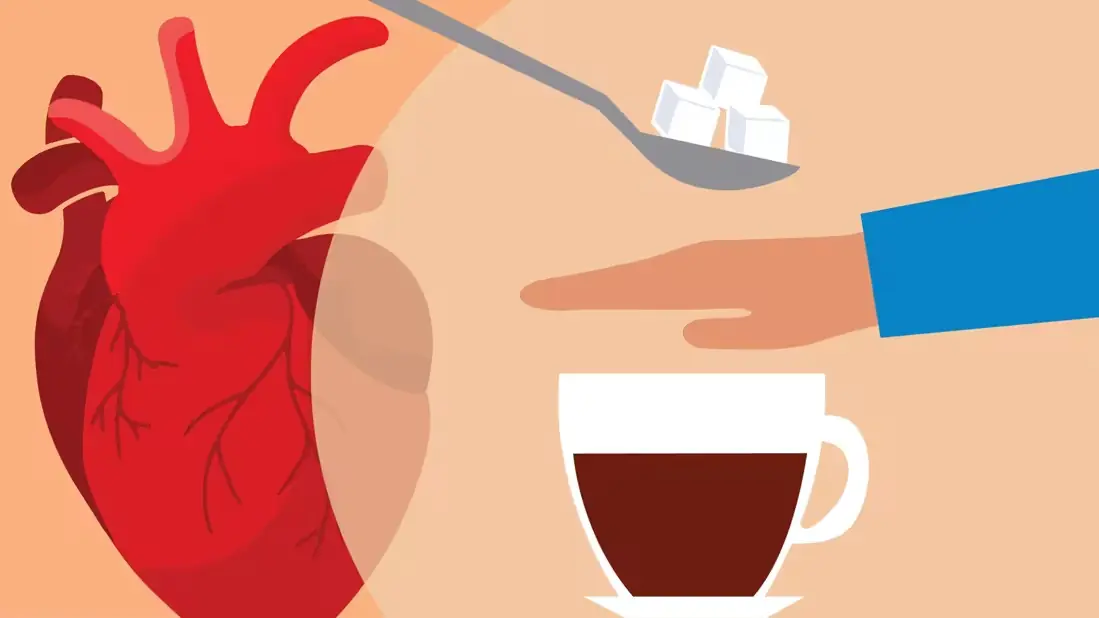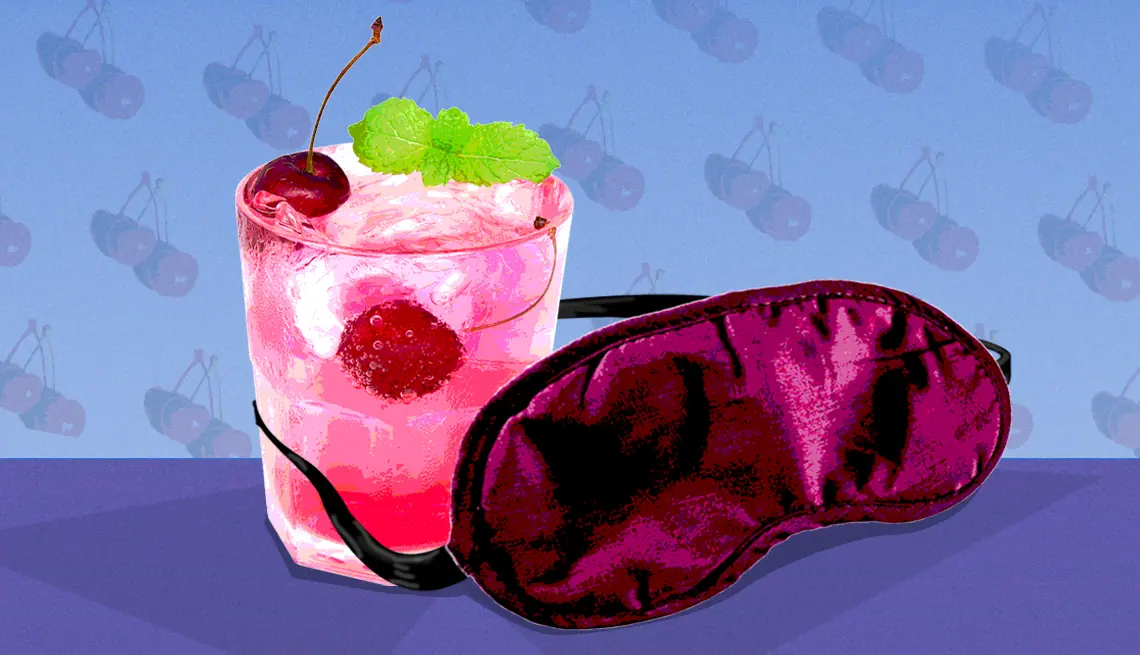
90% of Stroke Patients Consistently Did These 3 Small Things Before Their Stroke
90% of Stroke Patients Consistently Did These 3 Small Things Before Their Stroke — You Might Be Doing the Second One Right Now!
The risk of cerebral infarction may have existed for a long time — have you noticed the warning signs?

Do you think a stroke (cerebral infarction) strikes suddenly like a bolt of lightning? Think again. It’s more like a carefully planned “conspiracy” silently unfolding inside your body. In the three days leading up to the onset, most patients unknowingly entered the same “danger zone,” and you might be repeating one of these habits without realizing it.
A cerebral infarction is a type of ischemic stroke. When a blood vessel in the brain becomes blocked, the local brain tissue is deprived of oxygen and dies due to an interrupted blood supply. This is not a sudden disaster, but rather the accumulated result of multiple hidden abnormalities within the body.
According to the 2023 China Stroke Association statistics, the numbers are alarming: more than 3 million new stroke cases are diagnosed each year in China, and nearly 70% of them are ischemic strokes.
As reported by Aboluowang, doctors have made a striking observation in clinical practice — up to 90% of stroke patients exhibited certain behaviors within three days before their stroke occurred. These actions, seemingly harmless, were in fact a countdown to the collapse of their health.
1. Staying Up Late
Pulling all-nighters repeatedly disrupts your body’s biological rhythm. Many people, relying on youth and confidence in their resilience, consider “staying up late” a normal part of life. However, the nervous system is highly sensitive to rhythm disruptions. Late nights overstimulate the sympathetic nervous system, increase blood pressure, cause involuntary vascular constriction, and thicken the blood.
If high blood lipids or arteriosclerosis already exist, blood clots may quietly develop — ticking time bombs waiting to detonate. Nighttime is already a “high-risk hiding period” for strokes, as blood flow slows and viscosity increases. Combined with endocrine disturbances caused by staying up late, this can easily lead to deadly blockage of small cerebral vessels. Countless patients have collapsed quietly in the early morning hours, only to be found by family the next day.
2. Lack of Physical Activity
Prolonged immobility — especially the “sedentary lifestyle” — has become a daily habit for nearly everyone. Whether hunched over a computer in the office or glued to a phone on the couch, remaining still for long periods slows venous blood flow in the legs and hinders circulation. Like silt settling at the bottom of a river, stagnant blood encourages clot formation.
Even worse, prolonged inactivity can damage vascular endothelial function and increase inflammatory factors in the body — creating the “perfect environment” for stroke. Doctors warn that even young people in good physical shape are at risk if they sit too long, are overweight, or have borderline hypertension. Stroke is no longer an “elderly disease”; more and more young people are silently joining the high-risk group.
3. Extreme Emotional Outbursts
Uncontrolled emotional surges are another dangerous trigger. Medical research shows that intense emotional fluctuations can significantly increase stroke risk. When emotions run wild, the sympathetic nervous system releases large amounts of adrenaline, causing a sudden spike in blood pressure and irregular heartbeat. If arterial plaques or narrowing are present, these plaques can rupture and form clots.
Once a clot breaks loose and travels to the brain’s blood vessels, even one just a few millimeters wide can block blood flow and cause death. Statistics reveal that about 15% of stroke patients experienced violent arguments or severe psychological stress right before their stroke — a direct “warning signal” from a body under extreme pressure.
Don’t Ignore the Body’s “Early Warning Signals”
What’s truly frightening isn’t the stroke itself, but the fact that many people unknowingly push themselves closer to the edge every day. The three “small habits” above, often dismissed as trivial, are in fact deadly triggers easily overlooked.
Before a stroke occurs, the body often does send warning signs.
The most typical “warning” is a Transient Ischemic Attack (TIA), also known as a “mini-stroke.” It manifests as short episodes of blurred vision, limb weakness, or slurred speech, usually resolving within minutes or hours. Unfortunately, many mistake it for simple fatigue and miss the critical window for intervention.
A survey by the Chinese Center for Disease Control and Prevention found that about 30% of stroke patients experienced TIA symptoms within a month before their stroke — meaning their bodies were continuously sending “danger signals” that went ignored.
The Aftermath of Cerebral Infarction: Life Goes On, But at a Cost
Cerebral infarction doesn’t just threaten life — it can leave lasting disabilities such as speech impairment, paralysis, cognitive decline, and difficulty swallowing. Once these vital functions are lost, even if life is prolonged, quality of life drops sharply. Statistics show that up to 60% of stroke survivors remain permanently disabled to varying degrees.
News in the same category


These 3 vegetables have a high risk of causing ca.n.cer. Know early to avoid them and tell your loved ones!

The Healing Power of Onions: Red, Yellow & White — Three Natural Medicines in One Vegetable

The Power of Castor Leaves: Nature’s Hidden Gift

Breathing Problems at Night? Try These Sleep Positions to Breathe Easier 😴🌿

Is Sugar Secretly Hurting Your Heart? Here’s What You Need to Know

Older Adults, Your Muscles Are Disappearing Without This Food in Your Diet

Unlock the Ancient Hair-Growth Secret That Boosts Length Naturally — No Chemicals, Just Pure Power

7 Subtle Signs Can.cer Might Be Growing Inside Your Body — Listen Before It’s Too Late

9 Natural Remedies That Wipe Out Fungal Infections Fast — No Chemicals, Just Results

The 10-Minute Morning Tonic That Melts Away Swelling, Stiff Joints, and Circulation Fatigue

Clove Tea: The Ancient Elixir That Heals, Energizes, and Transforms from Within

Grape Hyacinth (Muscari): The Stunning Spring Flower That’s Edible - If You Know the Right Kind

The Surprising Benefits of Boiled Bay Leaves and Cloves: A Natural Elixir for Wellness

The habit of drinking hot water mixed with cold water will be harmful if you do not understand these 3 important things: Bacteria will grow, the body will get sick

The Hidden Healing Power of Papaya Leaves: Nature’s Secret Weapon for Health and Vitality

The risk of liver fluke infection from eating habits that many people have

6 Signs You Have a Dog Tapeworm Infection That You Can Easily Ignore

Sweet Potatoes Could Damage Your Health — Especially If You’re in These 5 Categories!
News Post

8 foods that ki.ll can.cer cells

These 3 vegetables have a high risk of causing ca.n.cer. Know early to avoid them and tell your loved ones!

The Healing Power of Onions: Red, Yellow & White — Three Natural Medicines in One Vegetable

The Power of Castor Leaves: Nature’s Hidden Gift

7 Easy Tips to Start a Healthy Lifestyle Today

Celery Juice: Trendy Detox Drink or Just Overhyped Hype?

Sleepy Girl Mocktail: What’s in It — and Does It Really Help You Sleep?

Breathing Problems at Night? Try These Sleep Positions to Breathe Easier 😴🌿

Is Sugar Secretly Hurting Your Heart? Here’s What You Need to Know

Older Adults, Your Muscles Are Disappearing Without This Food in Your Diet

Unlock the Ancient Hair-Growth Secret That Boosts Length Naturally — No Chemicals, Just Pure Power

7 Subtle Signs Can.cer Might Be Growing Inside Your Body — Listen Before It’s Too Late

9 Natural Remedies That Wipe Out Fungal Infections Fast — No Chemicals, Just Results

Prevent refrigerator odor with kitchen waste, no cost, fresh and fragrant refrigerator, fresh food

The 10-Minute Morning Tonic That Melts Away Swelling, Stiff Joints, and Circulation Fatigue

Clove Tea: The Ancient Elixir That Heals, Energizes, and Transforms from Within

Grape Hyacinth (Muscari): The Stunning Spring Flower That’s Edible - If You Know the Right Kind

The Surprising Benefits of Boiled Bay Leaves and Cloves: A Natural Elixir for Wellness
